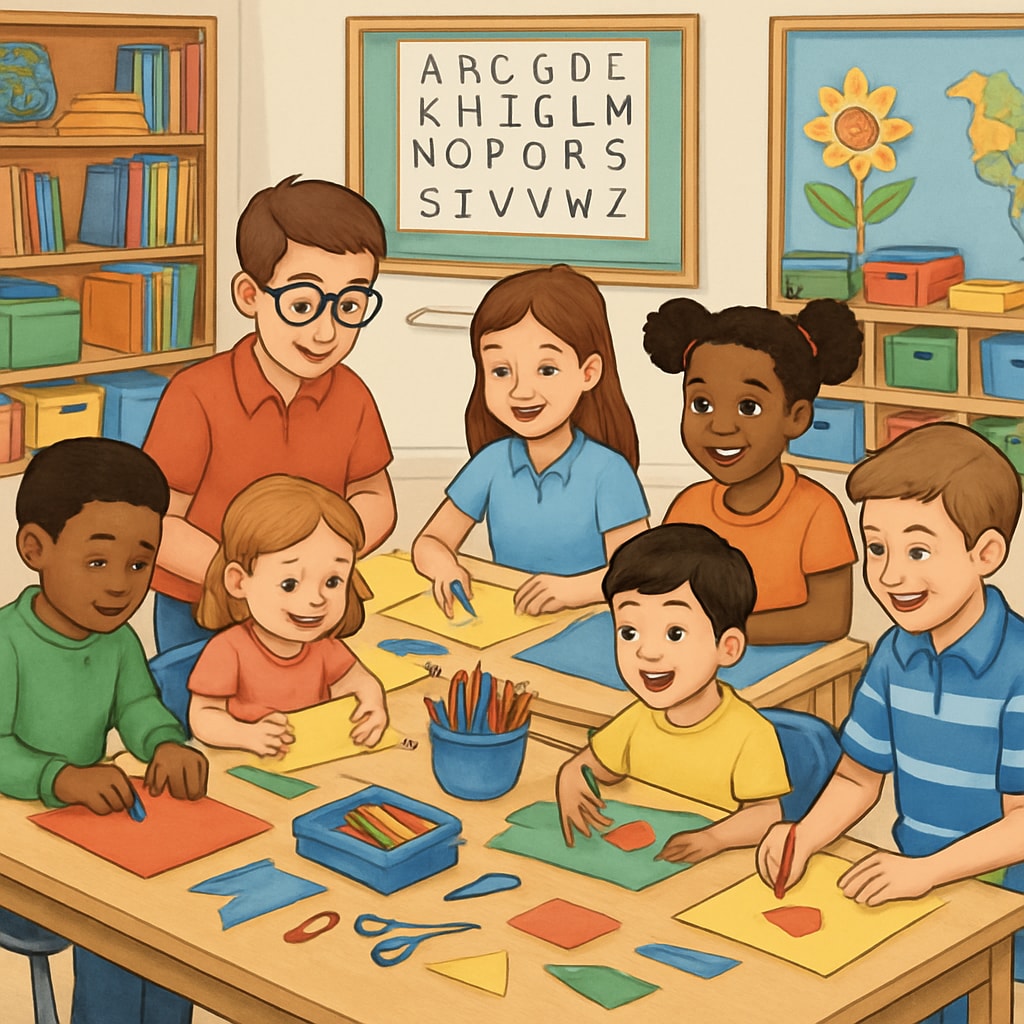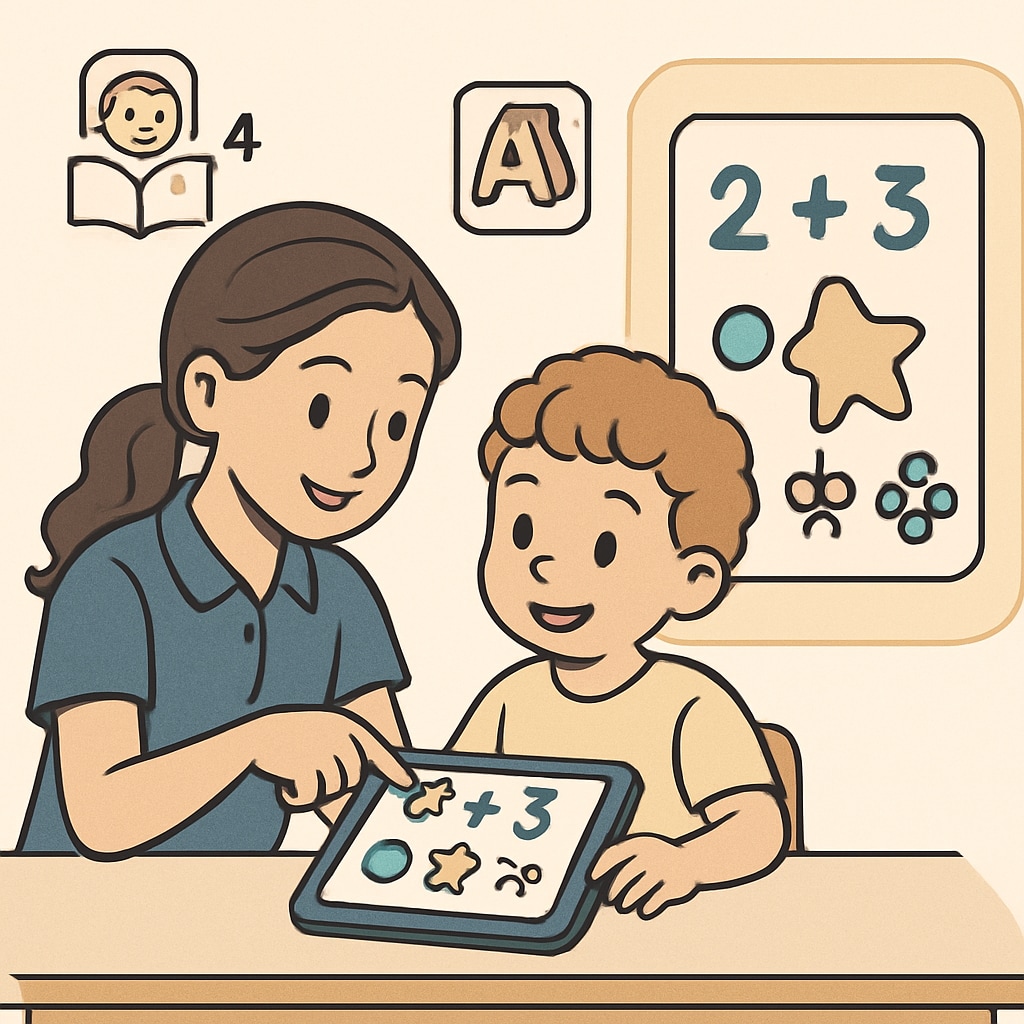Creating a successful kindergarten partner program that includes interactive activities and computer skills sharing can significantly enhance learning experiences for both younger and older students. By fostering collaboration between kindergarteners and fourth graders, educators can bridge the age gap while promoting personal growth, academic development, and social skills. This article outlines a comprehensive plan to implement such a program, emphasizing mutual learning and teamwork.

Interactive Activities That Build Bridges Between Ages
One of the most effective ways to encourage interaction is through hands-on activities that appeal to both kindergarteners and fourth graders. These activities should be designed to highlight the strengths of each age group while ensuring mutual engagement.
- Buddy Reading Sessions: Fourth graders can assist kindergarteners in reading picture books, helping them recognize letters and words. This not only builds literacy skills but also encourages empathy and patience.
- Creative Arts Projects: Collaborative art activities, such as painting murals or crafting seasonal decorations, allow children to express creativity while working together.
- Outdoor Games: Simple team-based games such as relay races or scavenger hunts can foster teamwork and physical activity.
Integrating these activities into the curriculum ensures that both age groups benefit academically and socially. Studies have shown that cross-age peer interactions improve communication skills and boost confidence in younger students (Education on Britannica).
Learning Through Technology: Sharing Computer Skills
In today’s digital world, computer literacy is essential for all age groups. Fourth graders, who are often more familiar with basic computer operations, can mentor kindergarteners in introductory computer skills. This collaboration benefits both groups:
- Basic Navigation: Fourth graders can teach kindergarteners how to use a mouse, keyboard, and navigate simple educational programs.
- Interactive Games: Older students can guide younger ones through age-appropriate learning games that build math and reading skills.
- Creative Digital Projects: Pairing students to design simple digital art or presentations fosters creativity and teamwork.
By incorporating technology into the program, educators can prepare students for future challenges while emphasizing collaboration. For additional insights into the importance of digital literacy, see Digital Literacy on Wikipedia.

Promoting Mutual Growth and Empathy
The kindergarten partner program is not only about academic learning; it’s also about fostering emotional intelligence and empathy. Through regular interaction, children develop a deeper understanding of diverse perspectives. Here are some strategies to enhance emotional growth:
- Structured Reflection Time: After each activity, allow students to share their experiences, highlighting what they learned from their partner.
- Recognition and Rewards: Celebrate teamwork with certificates or group rewards to motivate students and reinforce positive behavior.
- Parent Involvement: Encourage parents to participate in certain activities, such as reading days or art exhibitions, to strengthen community ties.
By combining emotional and academic growth, the program ensures a holistic approach to learning. As a result, students gain confidence, enhance social skills, and build lasting friendships.
In conclusion, implementing a thoughtfully designed kindergarten partner program that incorporates interactive activities and computer skills sharing can create lasting benefits for students. By encouraging collaboration and mutual learning, educators can promote personal and academic growth in both age groups. With careful planning and execution, this program can transform the classroom into a space of shared discovery and development.


